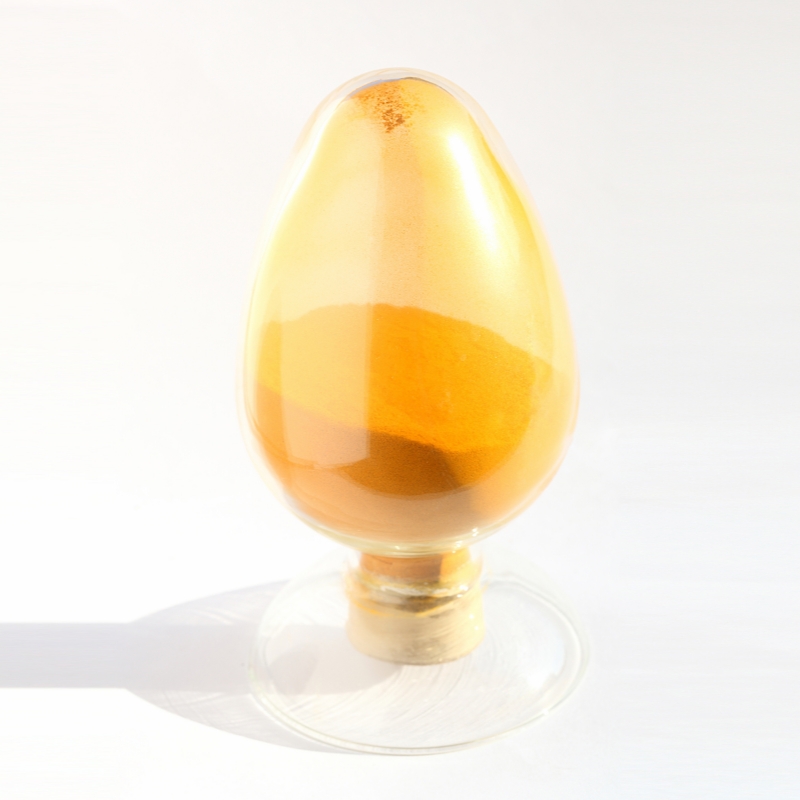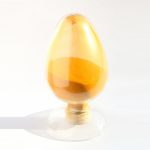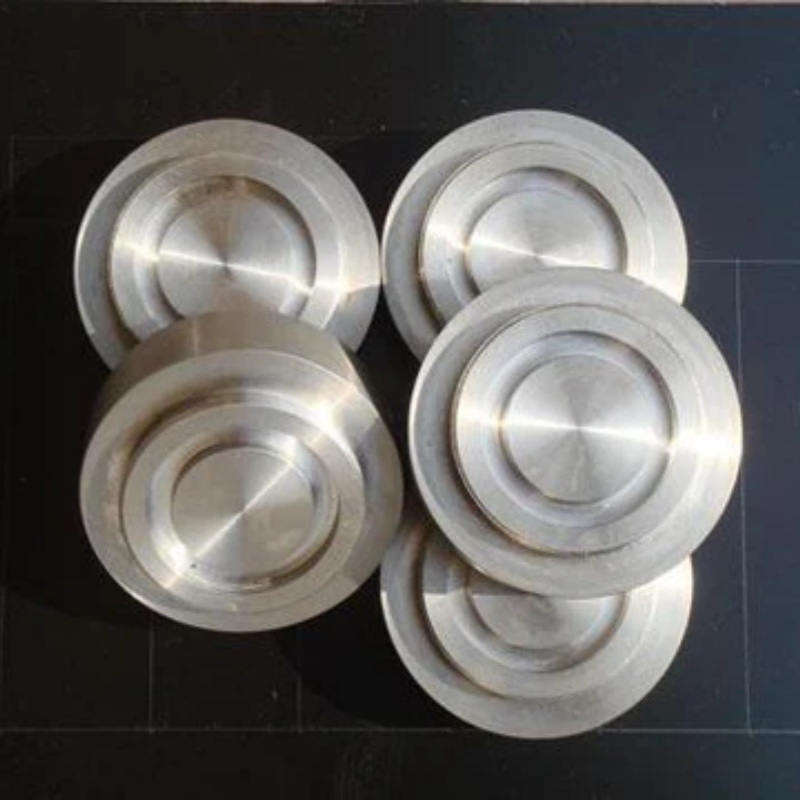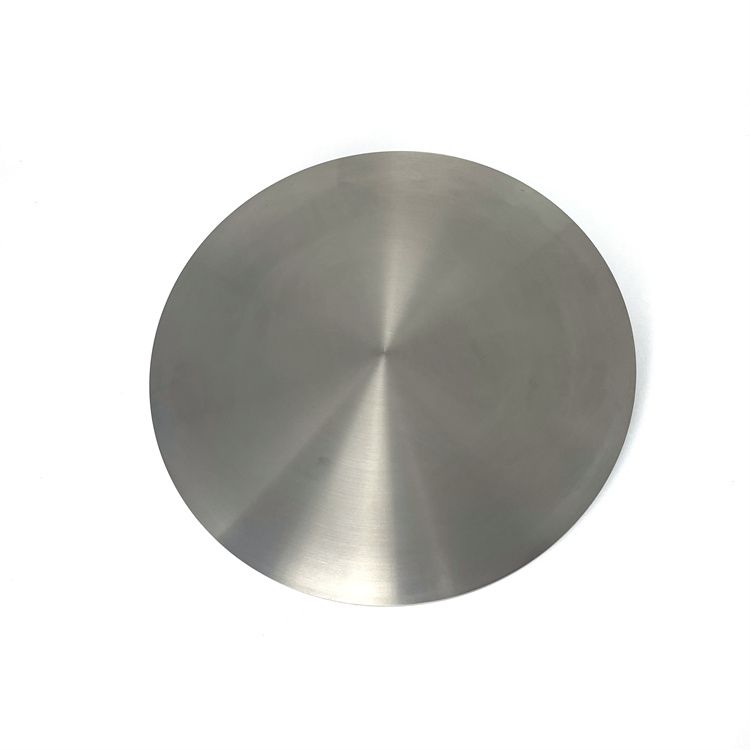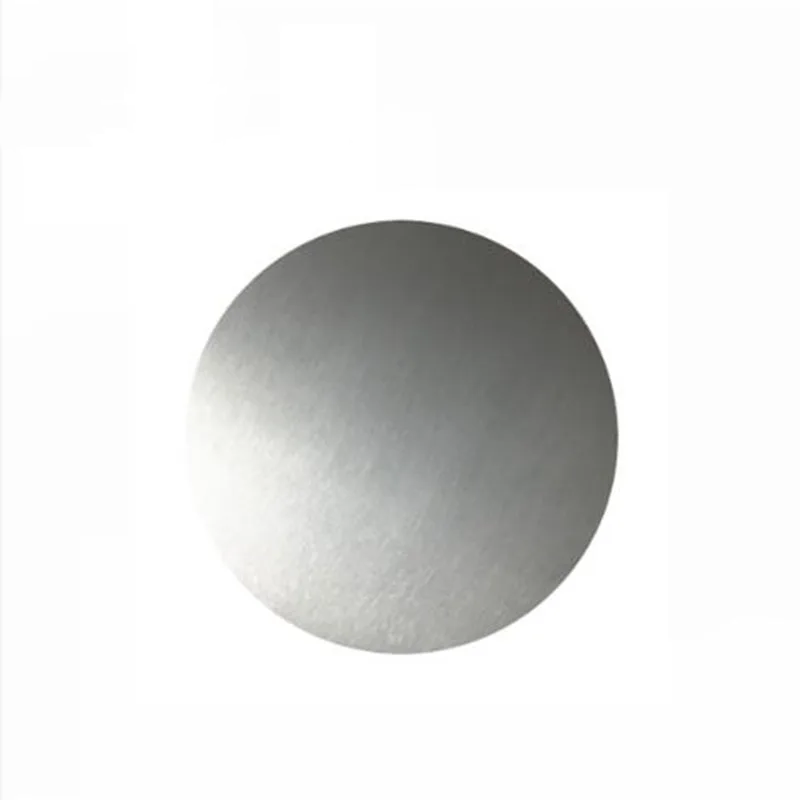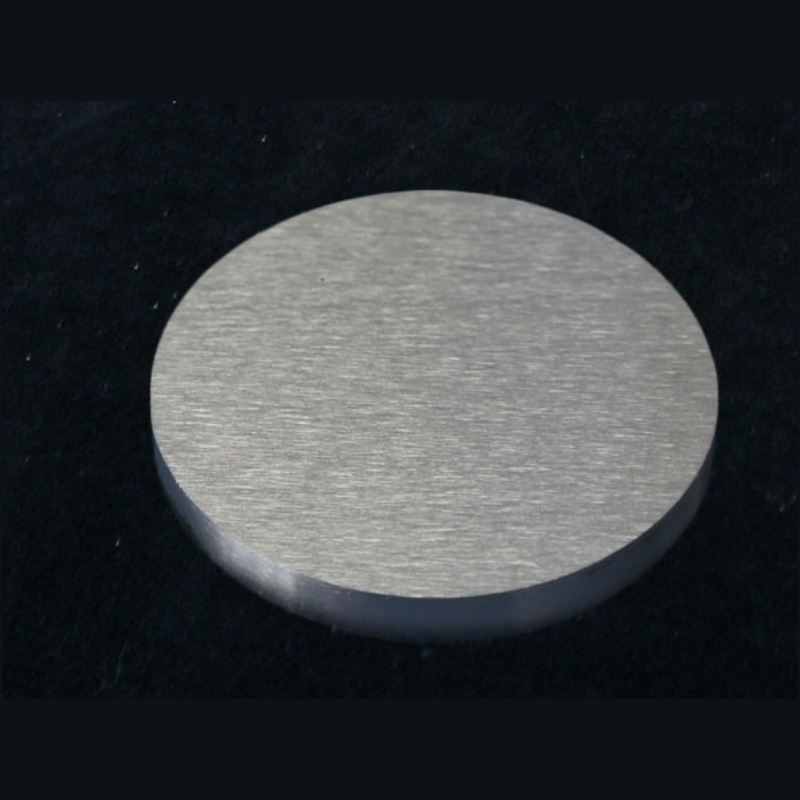Vanadium pentoxide (V₂O₅) is a high-purity inorganic compound known for its excellent catalytic, optical, and electrochemical properties. It is widely used in catalysts, battery materials, pigments, and advanced industrial applications. Due to its unique oxidation characteristics and conductivity, vanadium pentoxide plays a critical role in energy storage solutions, coatings, and specialized engineering processes.
Product Overview
Vanadium pentoxide (V2O5) is the most important inorganic compound of vanadium, commonly used in industrial production, particularly in the steel and chemical industries. It appears as a yellow solid with a high melting point and some solubility. Known for its good chemical stability, V2O5 is widely used in the production of catalysts, ceramics, and batteries.
Key Features
- Melting Point: 690°C, offering high thermal stability.
- Boiling Point: 1,750°C, with a high decomposition point.
- Density: 3.357 g/cm³, dense structure.
- Solubility: 8.0 g/L (20°C), readily dissolves in water.
- Magnetic Susceptibility: +128.0·10−6 cm³/mol, exhibiting some magnetic properties.
Applications
- Catalysts: Used in the production of catalysts, especially in petroleum refining and chemical reactions.
- Steel Industry: Employed in alloy production and enhancing the properties of steel.
- Ceramics and Glass Manufacturing: Serves as a colorant or raw material for ceramics and glass production.
- Batteries: Key material in batteries, particularly in vanadium-based batteries.
| Property | Content |
| Chemical Formula | V₂O₅ |
| Molar Mass | 181.8800 g/mol |
| Appearance | Yellow Solid |
| Density | 3.357 g/cm³ |
| Melting Point | 690 °C (1.274 °F; 963 K) |
| Boiling Point | 1,750 °C (3,180 °F; 2,020 K) (Decomposes) |
| Solubility | 8.0 g/L (20 °C) |
| Magnetic Susceptibility (χ) | +128.0·10⁻⁶ cm³/mol |
 new material
new material

